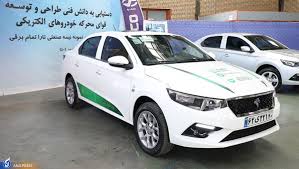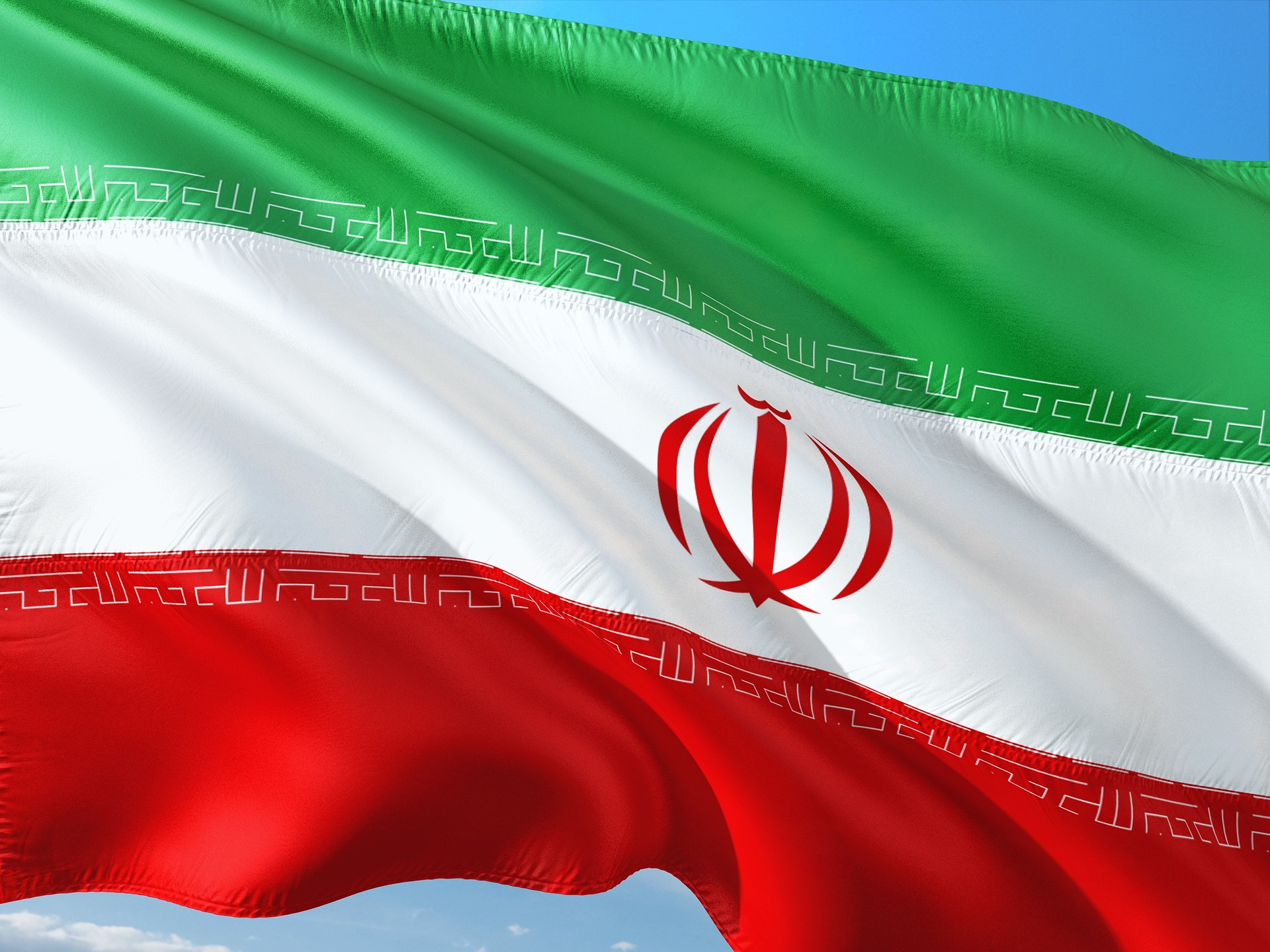EV penetration: Electric Vehicles have become a world trend as an environmentally friendly substitute of gasoline fueled passenger vehicles in the past few years. Iran, a repository of natural resources, is beginning to look into the promise of EVs as part of an overall strategy to clean the air, end dependency on fossil fuels, and stay in step with the world wide shift to greener transportation. This article explores the state of EVs in Iran, the challenges and opportunities that lie ahead, and the future prospects of adopting EVs in Iran.
A Must for Electric Vehicles in Iran
Despite being one of the top oil and natural gas producers in the world, Iran in fact faces heavy air pollution in cities like Tehran, Isfahan, Mashhad. This pollution is mostly caused by old fleets of vehicles, ineffective public transport and low grade gasoline. Electric vehicles (EVs) offer a solution to these problems, as they are a form of zero-emission transportation that can significantly decrease both greenhouse gas emissions and air pollution in urban areas.
Moreover, Iran has been under international sanctions that impeded its access to sophisticated automotive technologies. Establishing a domestic EV industry could reduce imports and lead regionally in green technology.
Current Status of Electric Vehicles in Iran
The Iranian EV market is still very much in its early stages. Currently, Very few electric vehicles are running on Iranian streets and most of them are imported.. Barriers to mass EV adoption: high upfront costs, charging infrastructure gaps, and low public awareness.
Signs of movement. Iranian car manufacturers, including Iran Khodro and SAIPA, have started the journey toward producing electric and hybrid cars. In addition, the Iranian government has implemented policies aimed at promoting the adoption of electric vehicles (EVs). Such as tax exemption schemes, subsidies, and the establishment of charging facilities and infrastructure development in cities.
Barriers to adaption Electric Vehicles in Iran
Economic Resourcefulness:
Iran’s economy, affected by international sanctions, is currently cut off from investment in demand for infrastructure for EVs.
Infrastructure Shortcomings:
The absence of a charging station network renders electric vehicle ownership impractical for many Iranians. This will take time and investment, both in urban as well as rural areas.
Cost Concerns:
After years of economic sanctions, many Iranians have lower incomes than their Western counterparts, making the purchase of advanced cars such as Electric Vehicles (EVs) less appealing.
Energy Policies:
Iran has fossil fuels, but switching to renewables for sustainable EV power is challenging.

Electric Vehicles in Iran
Electric Vehicles in Iran: Scope and Future Prospects
Local Production: Iran’s automotive industry may switch to producing electric vehicles, reducing imports and creating local jobs.
A solar park in southern Iran, part of the country’s plans to focus on renewable energy sources.
Regional Dominance: Investing in EV technology will make Iran a leader in the region in terms of green automotive solutions, allowing it to export EVs and associated technologies to neighboring countries.
Government Support: Government focuses on sustainable transportation with EV purchase subsidies and R&D investments.
Conclusion
Electric vehicles in Iran offer a potential solution for Iran to tackle critical environmental challenges, decrease reliance on fossil fuels, and upgrade its transportation network. The road ahead may be bumpy but the opportunity for growth and innovation is enormous. Utilizing its industrial potential and renewable energy opportunities, Iran can take major steps to achieve a sustainable and greener future.



Pingback: Electric Vehicles in Iraq: A Green Revolution in the Making - Tech Master Online